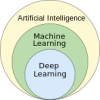This star survived a close call with a black hole. Eventually, it will become a planet0
- From Around the Web, Space
- April 29, 2020
A red giant star strayed too close to a supermassive black hole in a galaxy 250 million light-years away.
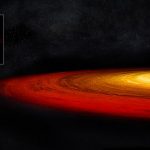
A red giant star strayed too close to a supermassive black hole in a galaxy 250 million light-years away.
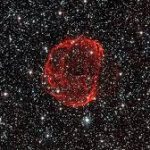
Beyond the impenetrable cosmological horizon is the unobservable universe: vast, possibly infinite and maybe the likeliest location for alien life.
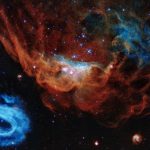
Two bright nebulas in a galaxy 163,000 light-years away are very pregnant with stars.
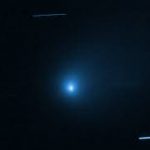
We don’t get all that many visitors in our quiet corner of the galaxy. In fact the comet 2I/Borisov is only the second interstellar visitor we’ve welcomed to our solar system, following ‘Oumuamua in 2017.

The newest branch of the US military has taken delivery of its first weapon, but it’s probably not what you think.
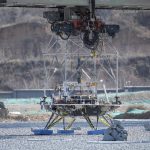
Source: Reuters China’s space agency on Friday unveiled the name of its first Mars exploration mission, coinciding with China’s annual Space Day and the 50th anniversary of the launch of its first satellite. The Mars mission has been named Tianwen-1, the official Xinhua news agency reported, citing the China National Space Administration (CNSA). The unmanned
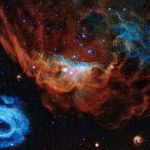
It’s 30 years ago to the day that the Hubble telescope was launched – and to celebrate its birthday, the veteran observatory has produced another astonishing image of the cosmos.
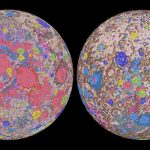
Cartographers merged Apollo-era maps and modern lunar observations to make the new graphic
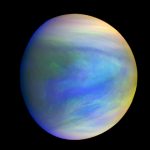
A new analysis of archival data from NASA’s Mercury Surface, Space Environment, Geochemistry and Ranging (MESSENGER) spacecraft reveals a sudden rise in nitrogen concentrations at about 50 km (31 miles) above the surface of Venus, demonstrating the planet’s atmosphere isn’t uniformly mixed.
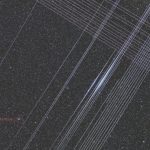
What’s worse than a train of Starlink satellites cutting across an astro-photo? Two trains of Starlink satellites cutting across an astro-photo.



